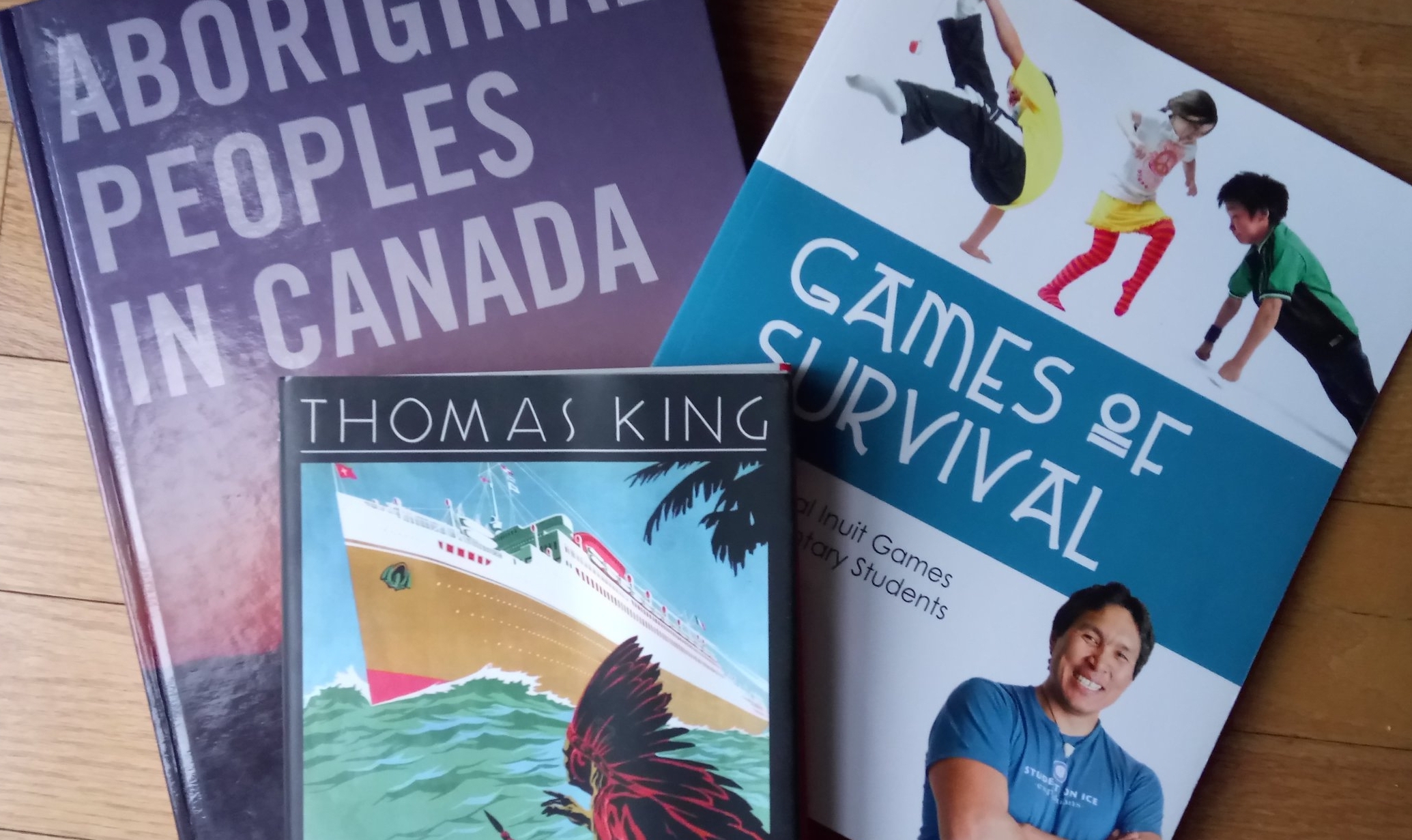With the eclipse last month, I was reminded about the Great Law of Peace, which was established shortly after a solar eclipse over the Finger Lakes area in the United States.
The Great Law of Peace is specifically mentioned in the Ontario Social Studies Curriculum in Grade 4 expectation A3.10, however, it also ties in to Grade 5 expectation A3.2. Based here in what we currently call Southern Ontario, my students and I have found learning about the origins and ongoing significance of the Great Law of Peace both inspiring and instructive in understanding Haudenosaunee society.
Here are some of the resources which I and my students have been learning from listed below:
Hiawatha and the Peacemaker - A children's book by Robbie Roberston (who is from Six Nations)
The Peacemaker's Journey & The Great Law of Peace - a 4 minute video by the Onondaga Historical Association
Hodinohso:ni Governance & the Great Law of Peace - a 40 minute video narrated by Rick Hill from Six Nations Polytechnic
Hiawatha Belt - Information on the national belt of the Haudenosaunee from the Onondaga Nation
And Grandma Said... Iroquois Teachings - a longer memoir by Tom Sakokwenionkwas Porter, which includes a telling of some of the events leading up to the Great Law of Peace

